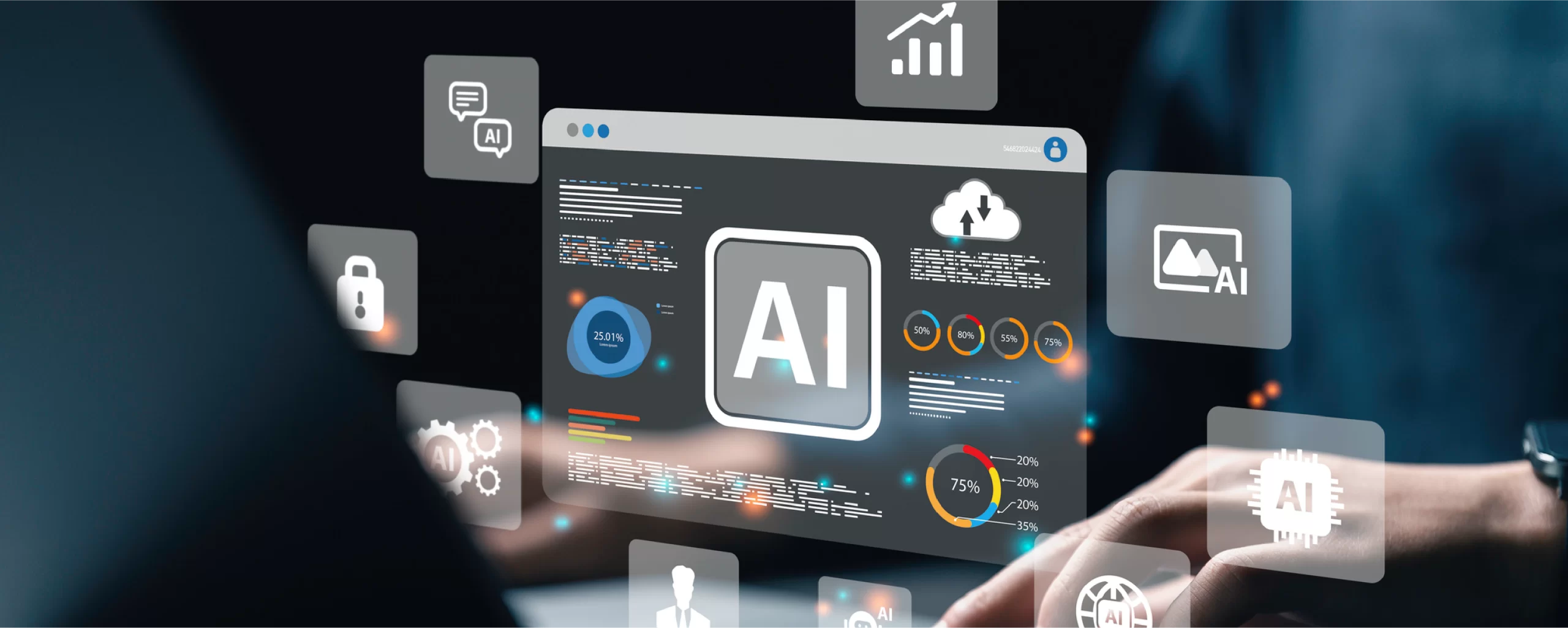Revolutionizing Food Industry: Modernized Manufacturing
In the ever-evolving landscape of the food industry, a multitude of impactful challenges have arisen, beckoning the need for ingenious solutions to foster sustainable growth. Through adeptly adapting to shifting consumer demands, optimizing intricate supply chains, and wholeheartedly embracing cutting-edge technological advancements, food businesses can rise above these challenges and forge a path toward a future characterized by enhanced efficiency and unwavering resilience.
The agriculture, food, and beverage industry is one of the essential and most significant global undertakings, growing from $6,729.54 billion in 2022 to $7,221.73 billion in 2023 at a CAGR of 7.3% as per Stellarix’s analysis. The Industry serves the critical task of manufacturing nutritive, choicest, and safe ‘Foods’ in a timely, sustainable, and technologically proficient manner.
Given their production specifics, stakeholders of multinational food and beverage companies, innovative food start-ups, mid-size food companies, and suppliers face myriad challenges.
Here’s an overview of the biggest challenges facing the agriculture and food & beverage Industry in 2024 and beyond.
Population, Migration, and Dearth of Sustainable Practices
The global agriculture industry will have to feed over 9.7 billion people by 2050, with the possible worst climate change. Moreover, the ever-increasing population is creating unbridled pressure, degrading the quality and quantity of natural resources. Thus, leading to overexploitation, intensive farming, land fragmentation, and global warming. This further leads to problems of food insecurity, food inequality, lack of social protection, and economic distress in countries.
An Immediate Problem Called Climate Change
Climate change is the greatest health challenge of the 21st century. Without considerable progress toward the Sustainable Development Goals (SDGs), viable future healthy living conditions are tough to foresee. The carbon footprint of global food production amounts to 17.3 billion metric tonnes of carbon dioxide, equivalent per year, and almost doubles for the meat industry.
The presiding year has seen some of the worst and most extreme climate change events. From drought in Europe, the heatwave in Greenland, and Spain’s wildfire covering 300,000 hectares of North America saw its fifth-warmest January on record in 2023. Also, the average monthly Arctic sea ice extent in September 2022 was 0.7 million (11%) below the 1991-2020 average. The Antarctic sea ice extent averaged 0.6 million (3%) less than the 1991-2020 average.
Current Bottlenecks Facing Food Tech Start-ups
Innovative food companies are summoned with myriad dilemmas and obstacles. Whether one is an e-commerce/online food technology company, biotech food company, recyclable food packaging firm, AI-enabled food logistics business, functional food/beverage manufacturer, or convenience food producer, they have too many things to put together for the firm.
Interestingly, start-up founders in the food industry vary in their skills around IT, food industry machinery and equipment, chemistry, biotechnology, finance, marketing, innovation, supply chain, and process management. Often, it becomes a challenge to work out everything. Then, there is a great need to consider consumer and local/global dynamics. The combined value of FoodTech Startup is down 8.3 % since December 2022 to $1.1 trillion. With over 10.5K businesses in the FoodTech startups, many fail due to lack of experience, dearth of funding, limited manpower, high competition, déclassé product quality, and insufficient deep research.
Food Industry: Meeting the Basic, Specific & Special Food Needs of the World
The agriculture, food, and beverage industry delivers the fundamental right ‘Right to Adequate food’ as declared by the UN. The ‘Right to Adequate Food’ definition implies that all people always have physical, social, and economic access to sufficient, safe, and nutritious food.
There is tremendous pressure to maintain and increase food production. Moreover, every country and its cities/smaller hamlets differ in their specific needs. Heedless changes can lead to major food crises, like those in Sri Lanka in 2021 and other conflict-ridden countries. The issues and concerns of world food safety, security, and waste management require expertise and virtuous guidance at the local, national, and international levels.
However, the challenges faced by the Food and Agriculture sector are real and immediate. The solutions can be upfront and tailor-made. Introspection: As the COVID-19 pandemic burdened the world with country-issued lockdowns and food supply disruptions, we witnessed the world shift its focus to food necessities, specifically their nutritional needs arising from the pandemic.
In retrospect, it was one of the toughest times for all countries, leading each country to fight back with grit, directives, and key distribution/ supply chain measures. We learned about bettering world-class supply-chain systems with artificial intelligence, machine learning embedded technologies, and remote sensor technology for maintaining crop health, improved seeds/fertilizers, and modern/sustainable cultivation methods. On a larger scale, countries need to focus on flexible sourcing of food resources from different countries to reduce their dependence on one country and increase their manufacturing and production capabilities. Below, we will discuss all the ways to fight the challenges in the best possible manner.
Flexible Sourcing at Local & National Levels For Food Industry
Rising inflation is a global problem today, and we see a continuous increase in consumer prices yearly. One way to deal with it partly is through flexible sourcing. Taking the incident of COVID-19, most countries also had to look out for new food sources. Flexible transportation, such as hybrid routing with inbuilt AI and ML technology and purchasing from local vendors, will ensure demand can be met as needs arise. Local food hubs are also viable for urban dwellers as the food can be grown in nearby city locations and easily transported to end consumers. With better systems and processes, food manufacturers can save on gasoline, increase ease of business, and reduce carbon emissions, and timely food delivery will ensure food safety and quality.
Food Industry: Improved Transportation & Digital Supply Chain Management
Globally, the growth of e-commerce and the need for same-day deliveries have made digital supply chain management a prerequisite for food manufacturers, suppliers, and transport companies. A sustainable and agile supply chain will push products to consumers well in time. It will assist manufacturers in setting benchmarks in the industry. Supply chain 4.0 will lead to savvy transportation and quick tracking, increasing efficiency.
Blockchain is a distributed digital ledger that can store and trace any amount of data across a network of computers and provides great transparency by linking blocks of data together in a chain. Blockchain technology has been increasingly used in Europe and the USA’s Agriculture and Food Supply chains. Blockchain in the F&B sector offers various applications such as product traceability, tracking, payments, smart contracts, risk, and compliance management.
Modernization of Manufacturing Operations
In most progressive countries, climate-smart agriculture has gained great momentum. The circular economy model, through waste management in agriculture, helps preserve natural resources and restore soil/land health. AI, ML, and blockchain are leading manufacturers toward the direction of agriculture automation and process optimization, giving them greater control over environmental factors. Improved machinery and the use of precision robots are bringing accuracy to food output. Another part of AI, computer vision, can identify product defects and sort products by color, weight, size, and ripeness. Robots bees are being used in pollination, yet other types of robots for spraying pesticides, thus reducing human dependency.
Today, consumers have become highly conscious of the products they consume, eco-friendly packaging, and high-nutritive ingredients in foods. The demand for specialized food has increased considerably. This is where food scientists and food engineering are also playing a significant role.
Conclusion
Despite agriculture being the first occupation of mankind, it remains a top priority for world economies today. Recent severe climate change and continuous rising global temperatures have led countries and manufacturers to rethink their goals and strategies. The latest technological advancements of artificial intelligence, machine learning, robots, computer vision, remote sensing, advanced GM crops, and blockchain are becoming frontrunner applications. Thus, helping stakeholders achieve their SDGs. These emerging technologies make agriculture production, food processing, sorting, and distribution more advanced, controlled, and scientific.


